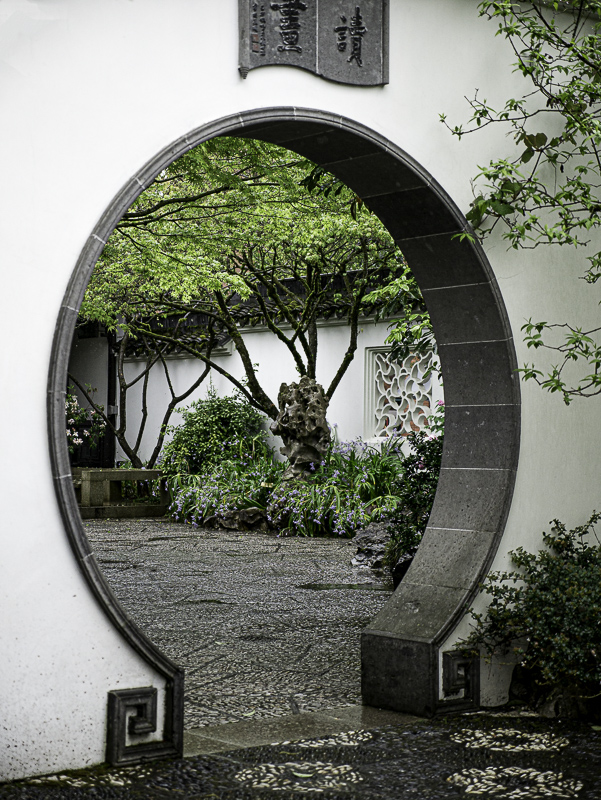Every Picture Is a Compromise
Lessons from the Also-rans
Most photography websites show the photographer's very best work. Wonderful. But that's not the full story of a creative life. If we want to learn, we'd better pay attention to the images that aren't "greatest hits" and see what lessons they have to offer. Every picture is a compromise — the sum of its parts, optical, technical, visual, emotional, and even cosmic – well, maybe not cosmic, but sometimes spiritual. Success on all fronts is rare. It's ok to learn from those that are not our best.
This is a series about my also-rans, some of which I've been able to improve at bit (i.e., "best effort"), none of which I would consider my best. With each there are lessons worth sharing, so I will.
Original digital captureWith Age Comes WisdomIf we are lucky, we learn from not just our mistakes, but also from our early attempts. This week I'm comparing early images from a trip to the Sun Yat Sen Chinese garden in Vancouver, BC in 2003 to images shot 14 years later in the Lan Su Chinese garden in Portland, OR. In 2003, a 6 megapixel Fujifilm s602 camera; in 2017, a 16 megapixel Panasonic G85. Planting seeds always preceeds harvesting fruit. What I learned:What is it about a round door that is interesting? Is it the door itself, or the round passageway? A door is wood and hinges — and some shiny red paint, but it's just a door. On the other hand, the passageway is an invitation to a new room or a new section of the garden. In my youth, I tended to photograph things; over the years, I've learned to photograph places. |


